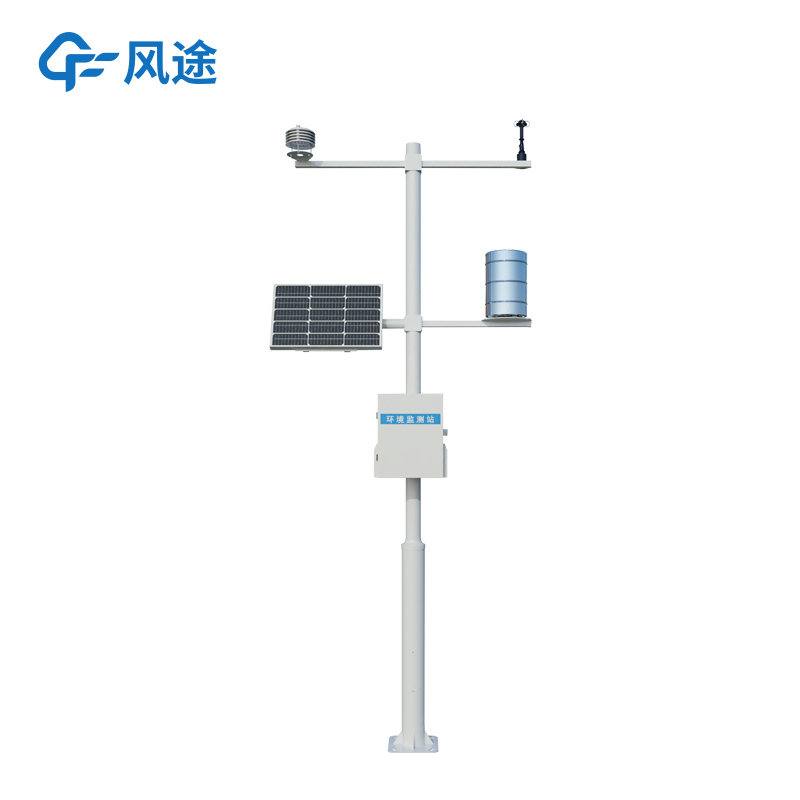The Small Automatic Weather Station, as its name suggests, has two intuitive features: automation and compactness. Let's start with automation. Equipped with sensors and a data acquisition system, it can independently conduct real-time monitoring and data collection of meteorological parameters such as temperature, humidity, wind speed, wind direction, air pressure, and rainfall. During the monitoring process, there is no need for manual monitoring and operation at all times, which saves labor costs and avoids errors that may occur due to manual operations. It works 24 hours a day, recording every tiny change in the weather in real time.
Compared with traditional large-scale weather stations, it is small in size and much lighter, which makes its deployment very flexible. It does not require complex infrastructure projects. With simple installation, it can be put into use quickly, truly achieving monitoring wherever needed and deployment wherever desired.
The supporting free cloud platform further expands the application value of the Small Automatic Weather Station. Through wireless communication technology, the data collected by the Small Automatic Weather Station can be uploaded to the cloud platform in real time. Users only need to log in to their cloud platform accounts via terminal devices such as mobile phones and computers, through web browsers or dedicated APPs, to check the latest meteorological data anytime and anywhere. The cloud platform also has a data storage function, which will not miss any set of data, facilitating users to trace historical meteorological information at any time for data analysis and summary.
The cloud platform conducts intelligent analysis of the data and generates intuitive charts, making complex meteorological data clear at a glance.
In short, the Small Automatic Weather Station, together with the free cloud platform, with the advantages of automation, miniaturization, easy data acquisition and analysis, shows broad application prospects in many fields such as agriculture, environmental protection, transportation, scientific research, and education. It provides strong meteorological data support for the development of various industries and is highly recommended.

Article address:https://www.sqqx.net/en/news/695.html

 +86 15898932201
+86 15898932201



